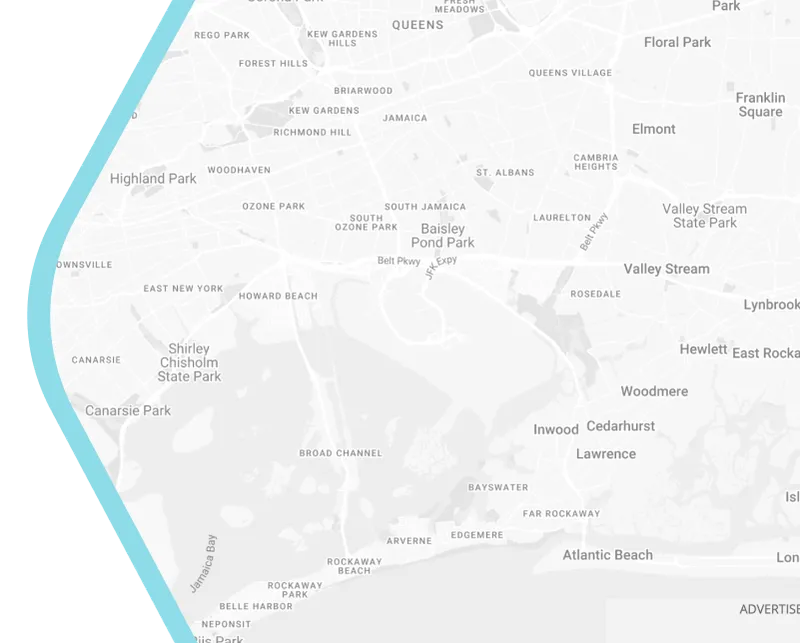
Australian Smart Cities Framework: Building Sustainable and Liveable Urban Spaces
What is the Australian Smart Cities Framework?
The Australian Smart Cities Framework is a national strategy developed by the Department of Infrastructure to guide the development of smart cities. It outlines principles and practices that leverage technology and data to:
- Enhance urban liveability and resilience.
- Drive sustainable economic growth.
- Foster innovation and community engagement.
Why Australia Needs a Smart Cities Framework
With over 70% of Australians living in urban areas, cities face mounting challenges such as:
- Traffic congestion and housing affordability.
- Rising energy consumption and environmental degradation.
- The need for climate-resilient infrastructure.
The framework provides a unified approach to address these issues while ensuring that technology serves the needs of all Australians.
Principles Guiding the Framework
The framework emphasizes six key principles:
- Sustainability: Encouraging green initiatives like renewable energy and smart water management.
- Inclusivity: Ensuring access to technology and services for all communities.
- Innovation: Supporting the adoption of cutting-edge solutions for urban challenges.
- Data-Driven Decision Making: Using big data and analytics to inform policies.
- Collaboration: Promoting partnerships between governments, businesses, and citizens.
- Resilience: Building infrastructure that withstands environmental and economic changes.
Real-World Applications in Australian Cities
- Smart Transportation in Sydney: Integration of real-time data for smoother commutes.
- Green Energy Initiatives in Melbourne: Smart grids and solar-powered infrastructure reduce energy footprints.
- IoT-Enabled Waste Management in Brisbane: Sensors optimize waste collection schedules, reducing costs and emissions.
Steps for Implementation
The framework offers a step-by-step approach for cities to adopt smart practices:
- Assessment: Evaluate the current urban environment and identify key challenges.
- Planning: Develop a roadmap for implementing smart city initiatives.
- Execution: Deploy technologies like IoT sensors, AI-driven systems, and data platforms.
- Monitoring and Feedback: Use metrics and citizen feedback to refine solutions.
Overcoming Challenges in Smart City Development
While the framework offers immense potential, implementation comes with challenges such as:
- Data Security: Safeguarding personal information and ensuring privacy.
- Infrastructure Costs: Balancing high initial investments with long-term benefits.
- Interoperability: Integrating diverse systems and technologies across cities.
The Role of Communities in Smart Cities
One standout feature of the Australian Smart Cities Framework is its emphasis on citizen engagement. Projects like Perth’s “Hack the City” initiative encourage public participation in designing smart solutions, ensuring that the benefits of technology are shared equitably.
Conclusion
The Australian Smart Cities Framework is more than just a strategy—it’s a vision for the future. By leveraging technology and innovation, Australia is transforming its urban areas into hubs of sustainability, inclusivity, and resilience.
For residents, businesses, and policymakers, adopting this framework means improving quality of life, fostering economic growth, and creating cities that stand the test of time.
